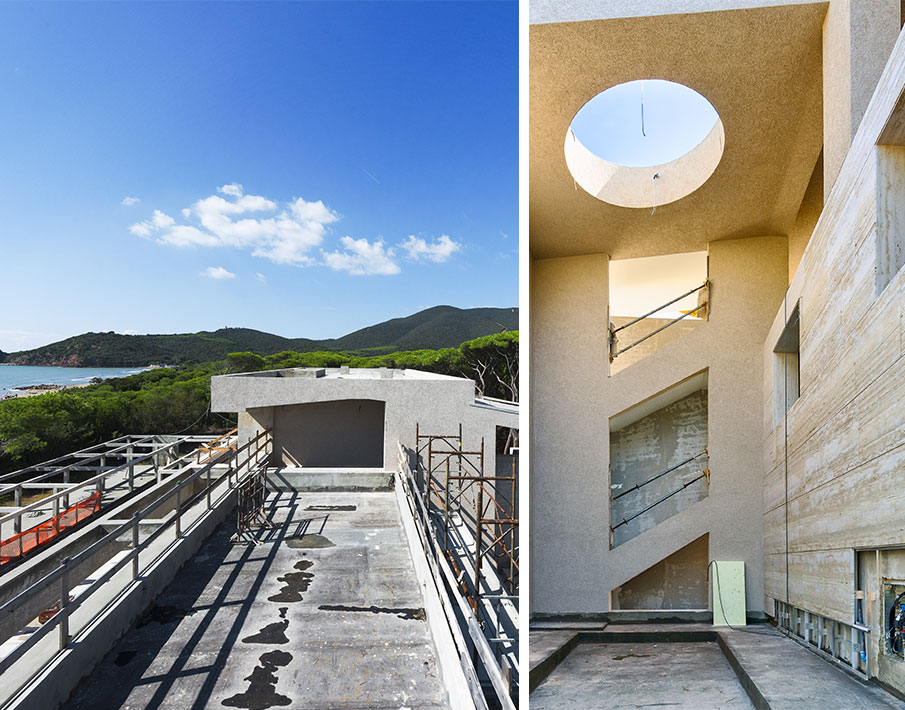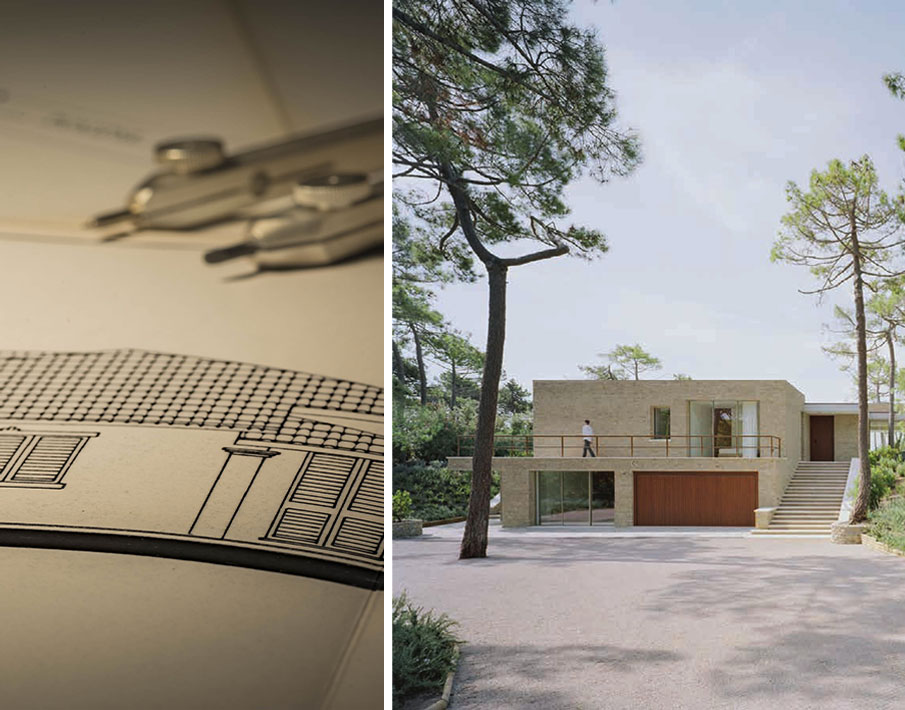Project Management
How does a building with high quality standards come into being on time and on budget?
This question is answered by the role of Project Manager. A key figure in the complexities of the contemporary construction site who, through careful planning enables the coordination of what are multiple figures and activities involved in a renovation or new construction in order to achieve the goal within the established cost and schedule.
Goals
The project manager of Fp management is responsible for:
- Be the production contact person for the site
- Be the person responsible for the execution time of the project
- Be the contact person for project compliance on job order costs and revenues
Project Manager's Responsibilities
- Construction project control and study;
- Troubleshooting issues related to operational management of the site;
- Structuring of project execution;
- Sharing the execution of work with the management or ownership of the enterprise.
What we guarantee
- Drafting of integrated design (overlay of architectural, structural and plant engineering plans);
- Structuring of project execution;
- Site planning;
- Care of relations with construction management, designers and clients;
- Controlling the execution of the order;
- Controlling the progress of job order costs and revenues;
- Report the technical, economic and financial progress of the construction site to the company management;
- Propose technical solutions in order to improve the quality of the project by sharing the solutions with the management of the enterprise;
- Measurement survey of work performed for accounting and cost control;
- Drafting monthly work accounts for issuing progress reports;
- Relationships with suppliers and subcontractors and drafting monthly accounts with them;
- Drafting time schedule for work forecast and labor requirements;
- Forecasting for requests to the purchasing department for procurement of materials and workmanship from third parties;
- Weekly technical meetings with company management for updates on job progress, labor changes, and future work forecasts;
- Preparation of estimated metric calculations for possible subcontracts;
- Industrial control of job order costs;
- Topographical site operations such as surveying, detaching buildings, placing elevations;
- Weekly photographic reporting of work performed.





